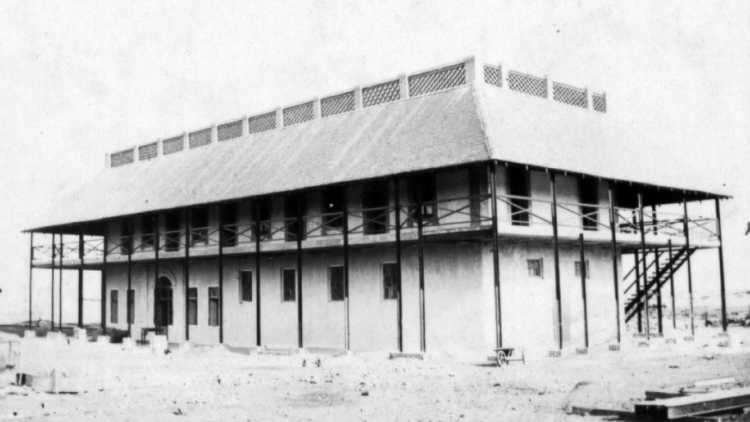.jpg)
Saquib Salim
The Covid- 19 pandemic has considerably changed the people, including Muslims in how they used to follow their religions. For the second continuous year, Muslims across the World did not offer prayers in a congregation during Ramazan and most probably Haj pilgrimage this year will again be limited to a few people. Many of us believe that Islam has never faced such a crisis earlier and even if such a crisis happened it never impacted the practice of the religion. History tells us otherwise.
A pandemic has enormous power that can change the way religions operate. It can introduce new codes that over time become indispensable to the fulfilment of the religious rituals.
On July 12, 1882, the British India Government issued an order that all the Indian Muslim pilgrims to Haj would be issued a passport. It seems so natural today but till that time nobody has ever imagined that Muslims would need a piece of paper to visit the holiest cities of Islam. Moreover, pilgrims were asked to submit the return fare even before they started the journey to Medina. Till that time there were no regulations on pilgrims to Hijaz (Mecca and Medina) and Muslims from anywhere could pay a visit to Hijaz without any formality. Muslims believed Hijaz to be Allah’s province where no human power could control their visits.
What triggered this response from the colonial government were cholera and plague outbreaks in Hijaz. Various researches pointed towards India as the epicentre of these pandemics. In 1866, after a cholera outbreak in Hijaz during Hajj which killed more than 15,000 Hajjis, an International Sanitary Conference was held in Istanbul. Representatives from several European and Non-European countries discussed the measures to control any future outbreak of a pandemic. There was an almost unanimity over the opinion that pilgrims from India and South Asia had brought the infection with them. The whole blame was put on Persia and North-Wind, two ships from India.

The new Quarantine Building at Kamran
At the time, Hijaz (Medina and Mecca) was a province of Turkey ruled by the Ottomans. The Conference passed a resolution that every pilgrim coming from South Asia had to have a medical screening before entering into Hijaz. This screening station was proposed before Jeddah. Ottoman authorities chose Kamran, an island in the Red Sea and part of Yemen province of Ottomans, as the site for the Quarantine facility for the pilgrims coming from India. Even though the construction of the quarantine facility was planned in 1866 it did not take place till 1882 when another cholera outbreak swept through Hajj.
In 1882, the construction of quarantine started. Turkish authorities evacuated the residents of the island and stationed two army units for the security of pilgrims there. Only quarantine officials were allowed to live on the island. For pilgrims, hut type establishments with a roof of palm leaves were made. These did not provide enough protection against the heat, dust and rains.
In 1893, another cholera outbreak occurred during Hajj killing almost 40,000 pilgrims. During the Sanitary Conference held in Paris next year, the issue of facilities at Kamran was raised. The Sultan of Turkey released funds as new buildings were built at Kamran. A German engineer was hired as a new hospital, restaurant, water distillation plant and disinfection machinery took the place of older hut-like buildings.
Indian pilgrims had to undergo a mandatory 10-day quarantine at Kamran which could be extended in case of a diagnosis of an infection. These facilities did come at a cost. Quarantine facility cost Indians Rupees 300 when juxtaposed with the total cost of return journey, Rupees 40, was a huge amount.
The belief during the present pandemic that things will become as they used to be after the Covid is over, is without a historical reading of pandemics. In fact, the Cholera and Plague outbreaks of the late 19th century changed the way Muslims went to Hajj. It introduced a passport system, the need for a return ticket and medical screening as an integral part of Hajj pilgrim. The procedures that seem obvious today were introduced a century ago to control a pandemic. It is yet to be seen how Covid will affect Islam in the decades to come.
(Saquib Salim is a historian-writer)
